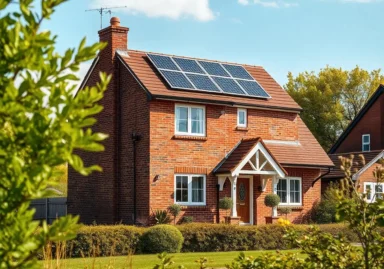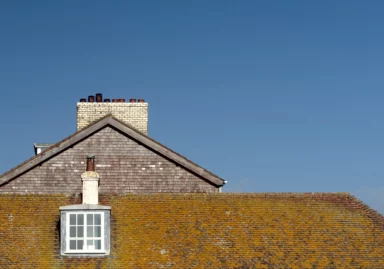The impact of sunlight on clay roofs
4th August 2023


Clay tiles have been used as a roofing material for hundreds of years and can be found on various historic buildings throughout the UK. Sourcing clay roof tiles for listed buildings requires a level of expertise and a trusted supplier network. There are certain conditions attached to buildings that have been listed, which relate to alterations. We look at how you can replace specific tiles and refurb a clay roof on a building of historic interest.
Usually, the older and rarer the building, the more likely it will be listed. However, the criteria varies. It depends on whether there is a significant interest relating to history, architecture or an association with an important person or event. Although we often think of castles and large stately homes as listed buildings, people’s homes can also be listed too.
There are three grades of listed buildings:
According to English Heritage, Grade II properties account for 92% of all listed buildings. Many people live in this type of listed building, from 16th century manors and 17th century Georgian houses to early 19th century cottages. Alterations to any aspect of a roof on a listed building may require consent from the local authority.
Before you attempt to repair or replace tiles on a listed building, you will need a survey from a company with expertise in listed buildings. Check with your local authority with regards to restrictions or limitations on carrying out roof repairs. Our team are highly experienced in both sourcing and replacing tiles for historic buildings, and we can provide advice.
Once you have permission to work on your roof, and you are clear on any associated conditions, you can then proceed with refurbishing your clay roof.
Below are some key steps:
Our team will carry out a full inspection to identify any missing tiles or damage. We will look for any tiles that are cracked, along with any areas of the roof that need to be repaired. Due to our vast network of trusted suppliers, we can source almost any type of clay roof tile.
First, we will remove any fallen debris, such as birds’ nests, branches and leaves. This prevents gutters and downpipes becoming clogged, which can put pressure on your roof tiles. Next, we use a fungicidal wash to kill any organic matter such as algae, moss and lichen. Then, we gently clean each area of the roof using water, moving from zone to zone.
Any damaged or missing clay roof tiles will be replaced. In some cases, we might need to re-cement the ridge tiles or chimney areas where mortar has cracked. This will stop any rainfall leaking through your roof, which could cause damage inside your property. We will also follow any guidelines from your local authority in relation to your listed building.
After a clay roof has been cleaned and repaired, our team can apply a protective roof treatment called RENOTEC®. As well as strengthening the structural integrity of your roof tiles, it will protect against weather conditions for up to 10 years. Although this roof coating comes in different colours, we usually recommend the clear option which allows the natural beauty of your clay tiles to shine through. This coating has an organic formula, it’s water repellent, and it also repels algae, moss and lichen.
When it comes to clay roof cleaning and restoration, always use a professional roof cleaning company. Clay tiles can often be fragile. Our experienced team do not use high-pressure power jets and we will never walk on your roof tiles. Instead, we use CAT ladders and specialist equipment to gain access to your roof for cleaning and restoration.
Read our case study – Restoring a Clay Tile Roof for a Listed Building.
For advice or a free, no-obligation roof cleaning & restoration quotation, contact us
4th August 2023

4th July 2024

31st October 2022
